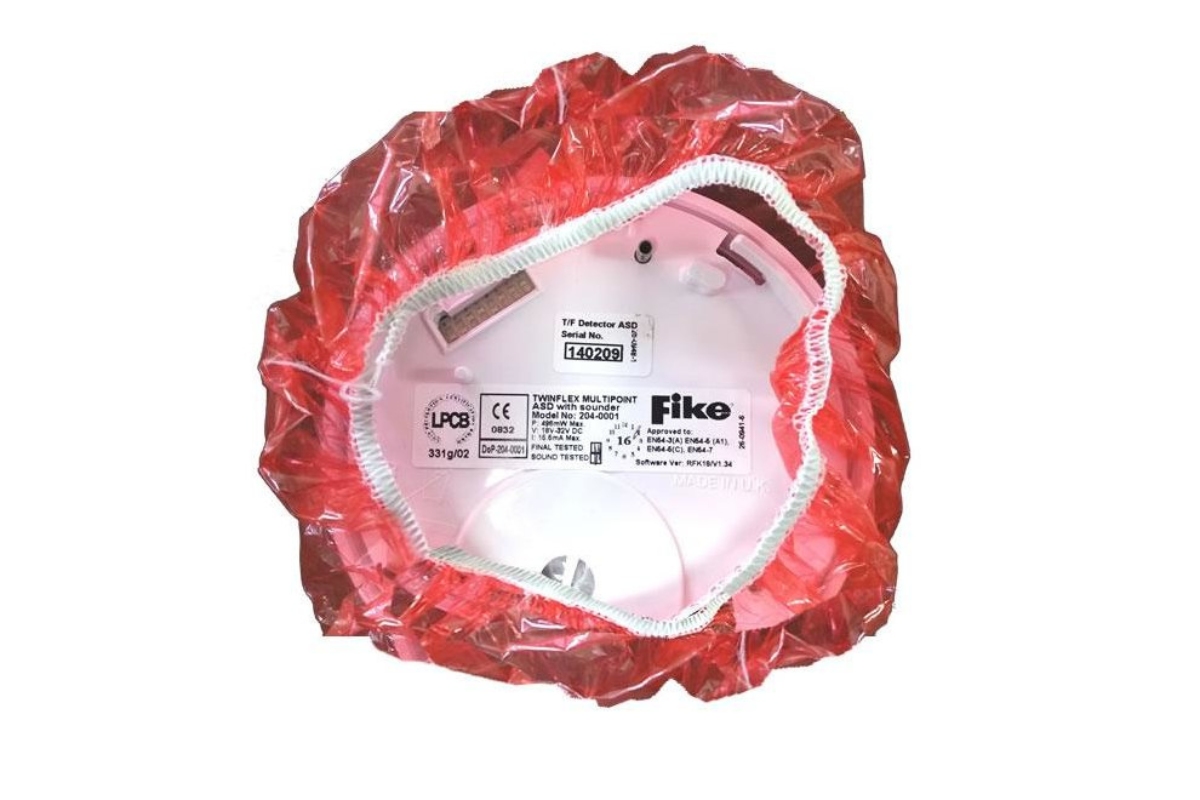

Articles
How To Cover A Smoke Detector
Modified: December 7, 2023
Discover effective ways to cover a smoke detector in your home with these informative articles. Protect your privacy while ensuring safety.
(Many of the links in this article redirect to a specific reviewed product. Your purchase of these products through affiliate links helps to generate commission for Storables.com, at no extra cost. Learn more)
Introduction
Smoke detectors play a crucial role in keeping us safe by providing early warning in the event of a fire. These small devices are designed to detect the presence of smoke and emit a loud alarm to alert us of potential danger. While it is essential to have properly functioning smoke detectors in our homes and buildings, there may be instances where it is necessary to cover a smoke detector temporarily. In this article, we will explore the reasons why one might need to cover a smoke detector, as well as provide a step-by-step guide on how to do it safely.
Before we dive into the details, it’s important to emphasize that covering a smoke detector should only be done in specific circumstances and for a limited period of time. It is always recommended to have working smoke detectors in place to ensure your safety.
Smoke detectors are vital in fire prevention and early detection. They can significantly reduce the risk of injuries or fatalities by alerting occupants to evacuate the premises promptly. Most importantly, they provide individuals with the opportunity to call emergency services and prevent the fire from spreading further. That’s why it’s important to regularly test and maintain your smoke detectors to ensure they are operating optimally.
Understanding the placement of smoke detectors is crucial for their effectiveness. It is recommended to have a smoke detector on every level of your home, including the basement and attic. Additionally, they should be installed near sleeping areas and in close proximity to the kitchen. Proper placement ensures that you’ll be alerted promptly regardless of where the fire starts.
There are two main types of smoke detectors: ionization and photoelectric. Ionization smoke detectors are more responsive to flaming fires, while photoelectric detectors are better at detecting smoldering fires. It is ideal to have a combination of both types in your home for comprehensive detection capabilities.
Now let’s address the question of why one would need to cover a smoke detector. The primary reason is during home renovation or construction work. Dust, debris, and paint fumes can trigger false alarms or impair the functionality of smoke detectors. Covering them temporarily prevents any unwanted activations and ensures they remain fully operational when needed.
Key Takeaways:
- Covering a smoke detector is necessary during home renovations, cooking, or testing to prevent false alarms. Always follow safety precautions and promptly remove the cover when no longer needed.
- Understanding the importance of smoke detectors and their proper usage is crucial for ensuring optimal fire safety in homes and buildings. Regular maintenance, testing, and proper installation are essential for their optimal performance.
Read more: How To Cover A Smoke Detector In A Hotel
Importance of Smoke Detectors
Smoke detectors are an indispensable tool when it comes to safeguarding lives and property from the devastating impact of fires. These small, yet powerful devices serve as a crucial early warning system, alerting occupants to the presence of smoke and potential fire hazards. Understanding the importance of smoke detectors and their role in fire safety is vital for every homeowner and building occupant.
First and foremost, smoke detectors provide early detection of fires. In the event of a fire, especially when occupants are sleeping or unaware of the danger, every second counts. These devices are designed to sense the presence of smoke particles in the air, triggering an immediate alarm to alert individuals to evacuate the premises. The early warning provided by smoke detectors can mean the difference between life and death, giving people the necessary time to escape safely.
Smoke detectors also play a crucial role in minimizing property damage. By detecting smoke and fire at its early stages, occupants have the opportunity to take immediate action, such as contacting emergency services and extinguishing the fire before it spreads. This not only helps in protecting valuable possessions but also prevents the fire from escalating and causing further destruction to the property.
In addition to their life-saving capabilities, smoke detectors are also instrumental in reducing the risk of injuries and fatalities. By alerting occupants to a fire, these devices provide individuals with the opportunity to evacuate the building promptly. This is particularly important for households with young children, elderly individuals, or people with mobility limitations who may require assistance during an emergency. The alarm sound emitted by smoke detectors serves as a critical auditory signal, enabling occupants to quickly and safely exit the premises.
Furthermore, smoke detectors contribute to community safety by enabling early intervention. Once the alarm is triggered, occupants can immediately contact emergency services, such as the fire department, to report the fire incident. This allows trained professionals to respond promptly, preventing the fire from spreading and potentially endangering neighboring properties. The ability to detect and report fires quickly greatly enhances the chances of containing and extinguishing the flames before they cause extensive damage.
It is worth noting that smoke detectors have evolved over time, incorporating advanced technologies to enhance their effectiveness. In addition to traditional models, there are now smart smoke detectors available on the market. These innovative devices are equipped with features such as smartphone connectivity, wireless interconnectivity, and self-testing capabilities, providing even greater peace of mind and convenience.
Overall, the importance of smoke detectors cannot be overstated. These small devices have proven to be an integral part of fire safety measures, saving countless lives and preventing catastrophic losses. It is essential for every home and building to be equipped with properly installed and regularly maintained smoke detectors to ensure optimal protection against the risks posed by fire incidents.
Understanding the Placement of Smoke Detectors
Proper placement of smoke detectors is essential for maximizing their effectiveness in detecting and alerting occupants to potential fire hazards. Understanding where to install smoke detectors within a home or building is key to ensuring optimal coverage and early detection. Here are some important considerations to keep in mind when determining the placement of smoke detectors:
1. On every level of the home: It is recommended to have at least one smoke detector on every level of your home, including the basement and attic. Fires can start anywhere, and having detectors on multiple levels helps to ensure that the alarm will be heard throughout the premises, regardless of where the fire originates.
2. Near sleeping areas: It’s crucial to have smoke detectors installed near sleeping areas, such as in the hallway outside bedrooms. This is because people are most vulnerable when they are asleep and may not be immediately aware of a fire in the early stages. Having detectors close to bedrooms ensures that occupants are alerted promptly, allowing for a swift and safe evacuation.
3. In close proximity to the kitchen: The kitchen is a common area where fires can start, often due to cooking-related incidents. Installing a smoke detector near the kitchen can help to quickly detect any smoke or fire and alert occupants to take necessary actions. However, it’s important to place the detector away from cooking appliances to avoid false alarms caused by normal cooking activities.
4. In interconnected locations: For larger homes or buildings, it is beneficial to have smoke detectors interconnected. Interconnected smoke detectors communicate with each other, so when one detector detects smoke or fire, all the detectors in the network will sound an alarm simultaneously. This ensures that occupants are alerted no matter where they are within the premises.
5. Avoiding placement in ineffective areas: Smoke detectors should not be installed in areas that could hinder their effectiveness. Avoid placing them near doors, windows, air vents, or fans, as these locations can create airflow patterns that may prevent smoke from reaching the detectors. It’s also essential to avoid installing them in areas with excessive humidity or areas prone to false alarms, such as bathrooms or laundry rooms.
6. Following manufacturer’s instructions: Always refer to the manufacturer’s instructions for specific guidelines on proper placement. Different types and models of smoke detectors may have slight variations in recommendations. The instruction manual will provide valuable information on installation height, mounting options, and any additional considerations for optimal performance.
By following these guidelines, you can ensure that your smoke detectors are strategically placed to provide comprehensive coverage throughout your home or building. Remember to regularly test and maintain your smoke detectors to keep them functioning properly and to replace batteries as needed. Additionally, it is recommended to upgrade your smoke detectors every 10 years, as technology advancements can provide improved detection capabilities.
By taking the time to understand the proper placement of smoke detectors, you can significantly enhance the fire safety measures in your home or building and provide yourself and your loved ones with valuable peace of mind.
Types of Smoke Detectors
Smoke detectors are available in different types, each designed to detect and respond to smoke and fire incidents. Understanding the various types of smoke detectors can help you choose the most suitable option for your home or building. Here are the two main types of smoke detectors:
- Ionization Smoke Detectors:
- Photoelectric Smoke Detectors:
Ionization smoke detectors are designed to detect the presence of smoke particles in an environment. Inside these detectors, there is a small amount of radioactive material, which generates ionization within the device. When smoke enters the detector, it disrupts the ionization process, triggering the alarm to sound.
Ionization smoke detectors are known for their sensitivity to fast-burning, flaming fires. These types of fires typically produce small, invisible smoke particles that can be detected more easily by ionization detectors. They are particularly effective in detecting fires that may spread quickly and generate intense heat.
However, it’s important to note that ionization smoke detectors may be less effective in detecting slow-burning, smoldering fires. These fires produce larger smoke particles and often take longer to generate visible flames. Therefore, ionization smoke detectors may not respond as quickly in these situations.
Photoelectric smoke detectors operate based on the principle of light detection. Within the detector, there is a light source, typically an LED, and a light-sensitive receiver. When smoke enters the detector, it scatters the light, causing it to hit the receiver and trigger the alarm.
Photoelectric smoke detectors are primarily designed to detect smoldering fires, which produce larger smoke particles and tend to develop slowly. These types of fires are commonly associated with heating or electrical malfunctions, and they often generate significant amounts of smoke before flames become visible.
Compared to ionization detectors, photoelectric detectors generally respond more quickly to smoldering fires. They are particularly effective in detecting fires that may involve smoldering materials, such as overheated circuitry, electrical appliances, or bedding.
While ionization and photoelectric smoke detectors are the two main types, some modern smoke detectors incorporate both technologies into a single unit. These dual-sensor or combination smoke detectors offer enhanced detection capabilities by combining the strengths of both ionization and photoelectric detection methods. They are designed to provide comprehensive coverage, detecting a broad range of fire types and responding rapidly to potential dangers.
It is recommended to have a combination of ionization and photoelectric smoke detectors installed throughout your home or building. This ensures that you benefit from the strengths of each type, increasing the chances of early detection and providing an effective early warning system in the event of a fire.
Regardless of the type of smoke detector you choose, it’s essential to regularly test and maintain them. This includes checking the batteries, cleaning the detectors to remove dust and debris, and replacing them according to the manufacturer’s recommendations. By properly installing and maintaining smoke detectors, you can significantly enhance your fire safety measures and protect yourself, your loved ones, and your property.
Why Cover a Smoke Detector?
Covering a smoke detector may seem counterintuitive, as these devices are designed to detect smoke and alert occupants to potential fire hazards. However, there are certain situations where temporarily covering a smoke detector becomes necessary. Here are a few reasons why you might need to cover a smoke detector:
- Home Renovations or Construction:
- Cooking-related Smoke:
- Testing or Maintenance:
- Dust or Contamination:
- Fumes from Burning Materials:
During home renovations or construction work, dust, debris, and paint fumes can be generated, which may trigger false alarms or hinder the functionality of smoke detectors. The particles in the air can cause the alarm to go off unnecessarily, leading to annoyance and potential desensitization of occupants to alarm sounds. By covering the smoke detectors temporarily, you can prevent false activations while the work is being done, ensuring that the detectors remain fully functional when you need them most.
Smoke detectors located near kitchen areas can be more prone to false alarms due to cooking-related smoke, especially if the detector is too close to the cooking appliances. When cooking certain dishes, such as smoky stir-fries or oven-baked recipes, the smoke produced can set off the alarm. Temporarily covering the smoke detector while cooking can help prevent unnecessary alarms and ensure that the detector is ready to respond to any genuine fire situations.
When conducting regular testing or maintenance of the smoke detector, covering it temporarily can prevent false alarms. During testing, simulated smoke or aerosol sprays may be used, which could trigger the smoke detector if left uncovered. By covering the detector during these activities, you can ensure that the tests are conducted accurately without unintended alarms.
In certain environments, such as construction sites or workshops, excessive dust, dirt, or other contaminants in the air can accumulate on the smoke detector. This build-up can interfere with the detector’s ability to properly detect smoke. Covering the detector in such circumstances can help protect it from contamination and ensure its effectiveness when needed.
In some cases, temporarily covering a smoke detector may be necessary when working with materials that produce strong fumes when burned, such as soldering or welding. It is important to note that this should only be done with extreme caution and for a very limited period of time, as it poses a potential fire risk. Covering the detector in these situations can help prevent false alarms caused by fumes, while ensuring that the detector is ready to provide accurate detection if a genuine fire event occurs.
It is crucial to emphasize that covering a smoke detector should only be done under specific circumstances and for a short duration. The intention is to prevent false alarms or temporary disruptions to the detector’s functionality. It is always important to maintain functional smoke detectors in your home or building to ensure your safety. Once the temporary need for covering the detector ceases, it should be promptly uncovered to resume its intended function.
Before covering a smoke detector, consult the manufacturer’s instructions or seek guidance from a professional to ensure that you are taking the right precautions and using appropriate covering materials. By using the correct techniques and materials, you can temporarily cover a smoke detector without compromising its effectiveness or safety.
Remember, the primary purpose of smoke detectors is to detect and alert occupants to potential fire hazards. It’s crucial to prioritize the regular maintenance, testing, and proper functioning of smoke detectors to ensure the highest level of fire safety in your home or building.
Regularly clean your smoke detector with a soft brush or vacuum to remove dust and debris that could interfere with its function. Avoid covering it with anything that could obstruct its ability to detect smoke.
Read more: How To Cover A Smoke Detector In A Dorm Room
When Should You Cover a Smoke Detector?
Covering a smoke detector should only be done in specific circumstances and for a limited period of time. While smoke detectors are essential in fire safety, there may be situations where temporarily covering them becomes necessary. Here are some instances when you might need to cover a smoke detector:
- During Home Renovations:
- Temporary Construction Work:
- While Cooking:
- During Testing or Maintenance:
- Working in Dusty or Contaminated Environments:
Home renovations can generate a significant amount of dust, debris, and paint fumes, which can trigger false alarms or impair the functionality of smoke detectors. When conducting renovation work, such as sanding walls, demolishing walls, or painting, it may be necessary to cover the smoke detectors to prevent them from being activated unnecessarily. This temporary covering ensures that the smoke detectors remain fully operational once the renovations are completed.
Similar to home renovations, temporary construction work in commercial or industrial settings can generate dust, debris, and other particles that may interfere with the functionality of smoke detectors. Covering them during the construction process helps to avoid false alarms and maintain the integrity of the detectors until the work is finished.
Smoke detectors located near kitchen areas can be prone to false alarms caused by intense cooking activities. Smoke generated from cooking processes, such as grilling, stir-frying, or broiling, may trigger the smoke detector. Temporarily covering the smoke detector while cooking can help prevent unnecessary alarms and ensure that the detector is ready to respond to genuine fire incidents.
When conducting testing or maintenance on the smoke detectors, covering them temporarily can prevent false alarms and ensure accurate testing results. Simulated smoke or aerosol sprays used during testing can trigger the detectors if left uncovered. By covering the detectors, you can ensure that the tests or maintenance procedures are conducted accurately and without unintended alarms.
In certain work environments such as construction sites, workshops, or manufacturing plants, excessive dust, dirt, or other contaminants in the air can accumulate on the smoke detectors. This accumulation can interfere with the detector’s ability to effectively sense smoke. Temporarily covering the detector in these situations helps protect it from contamination and maintain its optimal functioning.
It’s important to note that covering a smoke detector should only be done when necessary and for a limited duration. The objective is to prevent false alarms or temporary disruptions in the detector’s functionality during specific activities or circumstances. As soon as the need for covering the smoke detector ceases, it should be promptly uncovered and resumed to its intended function.
Before covering a smoke detector, always refer to the manufacturer’s instructions or seek guidance from a professional to ensure proper precautions are followed. Using appropriate covering techniques and materials ensures that the smoke detectors can still effectively operate when required. Regular maintenance, testing, and functional smoke detectors should always be the priority in maintaining a safe environment.
Remember, smoke detectors are essential for early fire detection and providing early warning to occupants. It is crucial to properly maintain and regularly test the smoke detectors to ensure their reliable performance and your overall fire safety.
Materials Needed to Cover a Smoke Detector
When it becomes necessary to cover a smoke detector temporarily, it is important to use the right materials to ensure that the detector remains functional while minimizing the risk of false alarms. Here are the materials you will need to cover a smoke detector:
- Plastic Bag:
- Rubber Band or Zip Tie:
- Tape (Optional):
- Stepladder or Sturdy Chair:
A clear, plastic bag is one of the simplest and most readily available materials to cover a smoke detector. Choose a bag that is large enough to completely cover the detector without obstructing the airflow. It should be transparent to allow the alarm light to be visible. The plastic bag acts as a barrier to protect the detector from dust, debris, or other particles that may interfere with its operation.
You will need a rubber band or a zip tie to secure the plastic bag around the smoke detector. This helps to keep the bag in place and prevents it from accidentally slipping off. It is important to secure the bag tightly but without putting excessive pressure on the detector, as it should still be able to detect smoke effectively.
In some cases, you may need tape to further secure the plastic bag in place. However, it is crucial to exercise caution when using tape, as certain types of tape may leave adhesive residue or damage the smoke detector’s surface. If you choose to use tape, use a gentle adhesive tape that can be easily removed without causing any harm.
Depending on the height and location of the smoke detector, you may need a stepladder or a sturdy chair to safely reach the detector. Always ensure that the ladder or chair is stable and secure before attempting to cover the smoke detector. Safety should be a top priority when accessing elevated areas.
It is important to note that the materials required to cover a smoke detector should be readily removable. The covering should be a temporary solution to protect the detector during specific activities or circumstances. Once the need for covering the detector ceases, the covering materials should be promptly removed to restore the detector’s functionality and ensure its overall effectiveness in detecting smoke and potential fire hazards.
Prior to covering a smoke detector, it is recommended to consult the manufacturer’s instructions or seek guidance from a professional to ensure that the covering materials and techniques are appropriate for your specific smoke detector model. Following the manufacturer’s guidelines will help maintain the detector’s functioning and prevent any unintended consequences or risks.
Remember, covering a smoke detector should only be done when necessary, for a limited time, and with the appropriate materials. The primary objective is to protect the detector from dust, debris, or other particles that may hinder its performance, while still allowing it to detect smoke effectively. Regular maintenance and testing of smoke detectors remain essential in ensuring the highest level of fire safety in your home or building.
Step-by-Step Guide on Covering a Smoke Detector
If you find yourself in a situation where it becomes necessary to cover a smoke detector temporarily, following the proper steps ensures that the detector remains protected while maintaining its functionality. Here is a step-by-step guide on how to cover a smoke detector:
- Gather the materials:
- Turn off the power:
- Access the smoke detector:
- Cover the smoke detector:
- Secure the bag:
- Optional: Use tape for additional security:
- Turn on the power:
Collect the necessary materials, including a clear plastic bag, rubber band or zip tie, and optionally, tape. Ensure that the plastic bag is large enough to fully cover the smoke detector without obstructing the airflow.
Before covering the smoke detector, it is essential to turn off the power to the detector. Locate the circuit breaker or fuse box and switch off the corresponding circuit to the detector. This ensures your safety and prevents any accidental alarms during the covering process.
Using a stepladder or a sturdy chair, carefully access the smoke detector. Ensure that the ladder or chair is stable and secure before climbing. Position yourself at a comfortable height and within reach of the detector.
Take the clear plastic bag and place it over the smoke detector, completely covering it. Ensure that the bag is big enough to fully enclose the detector, leaving no gaps or openings. The bag acts as a protective barrier, preventing dust, debris, or other particles from interfering with the detector’s operation.
Once the plastic bag is in place, secure it tightly around the smoke detector using a rubber band or zip tie. Make sure the bag is tightly sealed but without putting excessive pressure on the detector. The covering should be secure enough that it won’t slip off but loose enough to allow proper air circulation for smoke detection.
If desired or necessary, you can use a gentle adhesive tape to further secure the plastic bag in place. Be cautious when using tape to avoid damaging the smoke detector or leaving adhesive residue. Choose a tape that can be easily removed without causing any harm.
Once the covering is properly secured, you can turn the power back on to the smoke detector. Return to the circuit breaker or fuse box and switch on the corresponding circuit. This restores power to the smoke detector, allowing it to function properly once the covering is in place.
It is important to note that covering a smoke detector should only be done when necessary, for a limited duration, and in accordance with the manufacturer’s instructions. Always prioritize the regular maintenance and testing of smoke detectors to ensure their optimal performance and reliability in detecting smoke and potential fire hazards.
Remember, covering a smoke detector is a temporary solution to protect it from dust, debris, or other particles that may interfere with its functioning. Once the need for covering the detector ceases, promptly remove the covering materials to restore the detector’s functionality and ensure its ongoing effectiveness in fire safety.
Safety Precautions to Consider
When covering a smoke detector or performing any maintenance or modifications to it, it is important to prioritize safety. Following the proper safety precautions ensures that you can effectively protect the detector while minimizing any risks. Here are some essential safety precautions to consider:
- Turn off the power:
- Use appropriate covering materials:
- Secure the covering tightly but safely:
- Avoid covering other components:
- Remove the covering promptly when no longer needed:
- Regularly test and maintain your smoke detector:
- Follow manufacturer’s instructions:
- Seek professional help if unsure:
Before covering a smoke detector or performing any work on it, always turn off the power to the detector. Locate the circuit breaker or fuse box and switch off the corresponding circuit. This prevents any unintended alarms or electrical hazards during the covering process.
Choose the right materials to cover the smoke detector. Opt for a clear plastic bag that allows the alarm light to be visible and doesn’t obstruct the airflow. Ensure that the materials used are non-flammable and won’t produce any toxic fumes when in contact with heat.
When securing the plastic bag around the smoke detector, make sure it is tight enough to prevent it from slipping off, but avoid excessive pressure that could obstruct the detector’s functionality. The detector should still be able to detect smoke effectively even with the covering in place.
When covering the smoke detector, ensure that only the sensing chamber is covered. Avoid covering other components, such as the alarm speaker or any buttons or switches, as it may interfere with their functionality or cause unintended consequences.
Once the need for covering the smoke detector ceases, promptly remove the covering materials. Leaving the detector covered for an extended period can hinder its ability to detect smoke and increase response time during a fire incident.
Regardless of covering or any temporary modifications, it is crucial to perform regular testing and maintenance on your smoke detector. Test the detector regularly following the manufacturer’s instructions and replace batteries according to the recommended schedule. Keep the detector clean from dust and debris to ensure optimal performance.
Always refer to the manufacturer’s instructions for your smoke detector model when covering or performing any maintenance on it. The manufacturer’s instructions provide specific guidelines on proper usage, installation, and maintenance, ensuring that you are following the recommended procedures.
If you are uncertain about the proper steps to cover a smoke detector or have any concerns regarding its functionality or safety, it is advisable to seek professional assistance. Fire safety professionals or electricians can provide guidance and ensure that you are taking the correct measures to protect the detector and maintain fire safety in your home or building.
By adhering to these safety precautions, you can cover a smoke detector effectively while minimizing any potential risks. Remember, the safety of you and your loved ones is paramount, and maintaining functional smoke detectors is crucial for optimal fire safety in your home or building.
Read also: 9 Amazing Smoke Detector Cover for 2024
Conclusion
Smoke detectors are indispensable devices in safeguarding lives and property from the devastating impact of fires. Understanding their importance and proper usage is crucial for ensuring optimal fire safety in our homes and buildings. While covering a smoke detector may seem counterintuitive, there are specific circumstances where it becomes necessary to protect the device temporarily.
In this article, we have explored the reasons why one might need to cover a smoke detector and provided a step-by-step guide on how to do it safely. It is important to remember that covering a smoke detector should only be done for a limited duration, and regular maintenance and testing of smoke detectors should always be prioritized.
We discussed the importance of smoke detectors in providing early detection of fires, minimizing property damage, and reducing the risk of injuries and fatalities. Smoke detectors serve as a critical early warning system, allowing occupants to safely evacuate the premises and alert emergency services promptly.
Understanding the proper placement of smoke detectors is vital for their effectiveness. Placing smoke detectors on every level of the home, near sleeping areas, and in close proximity to the kitchen ensures comprehensive coverage and quick detection of fire hazards.
We explored the two main types of smoke detectors: ionization and photoelectric. Each type has its strengths in detecting different types of fires, and a combination of both is highly recommended for comprehensive detection capabilities.
While covering a smoke detector may be necessary during home renovations, cooking activities, testing, or in dusty environments, it is crucial to follow safety precautions. These precautions include turning off the power, using appropriate covering materials, securing the covering properly, and promptly removing the covering when no longer needed.
In conclusion, smoke detectors play a vital role in fire safety, and their proper usage is crucial in protecting lives and property. While covering a smoke detector may be required in certain situations, it should only be done temporarily and with caution. Regular maintenance, testing, and proper installation of smoke detectors are essential for ensuring their optimal performance and reliability in detecting smoke and potential fire hazards.
Remember, fire safety is a collective responsibility, and we must all take proactive steps to protect ourselves and our loved ones. By understanding the importance of smoke detectors and following the recommended safety practices, we can enhance our fire safety measures and create a safer living environment for all.
Frequently Asked Questions about How To Cover A Smoke Detector
Was this page helpful?
At Storables.com, we guarantee accurate and reliable information. Our content, validated by Expert Board Contributors, is crafted following stringent Editorial Policies. We're committed to providing you with well-researched, expert-backed insights for all your informational needs.
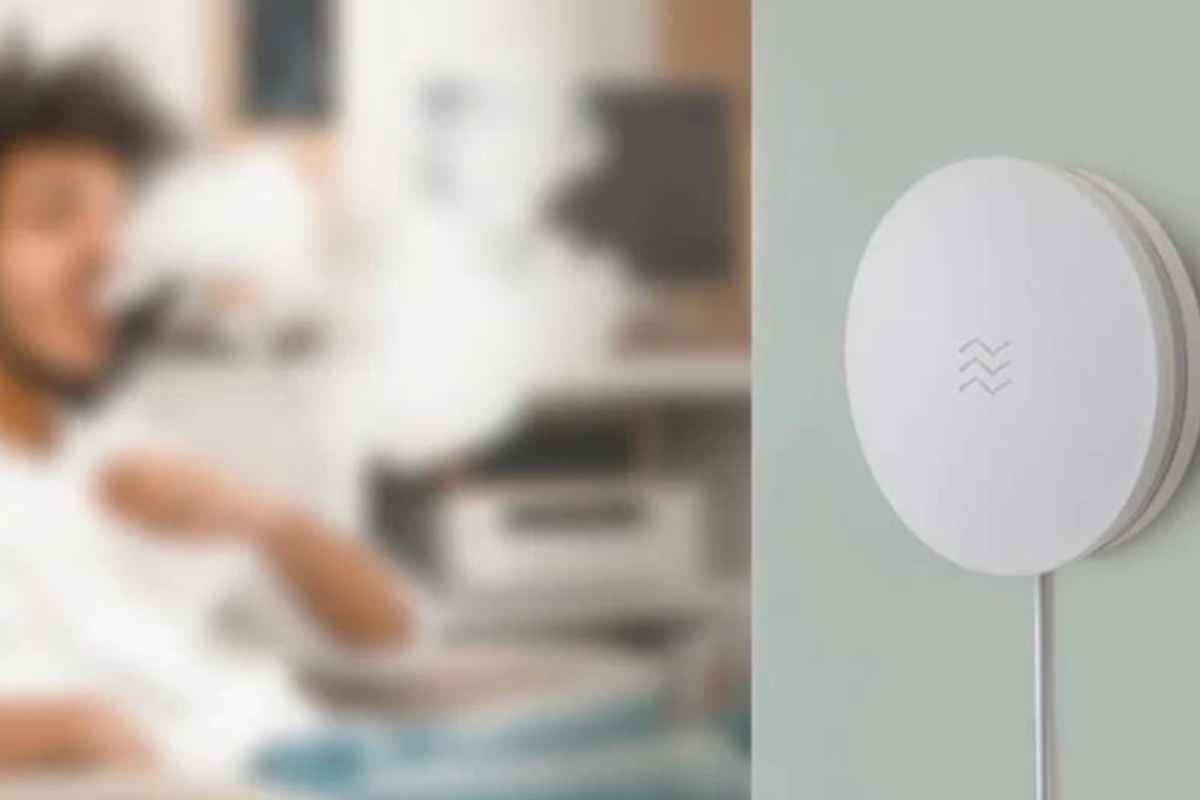
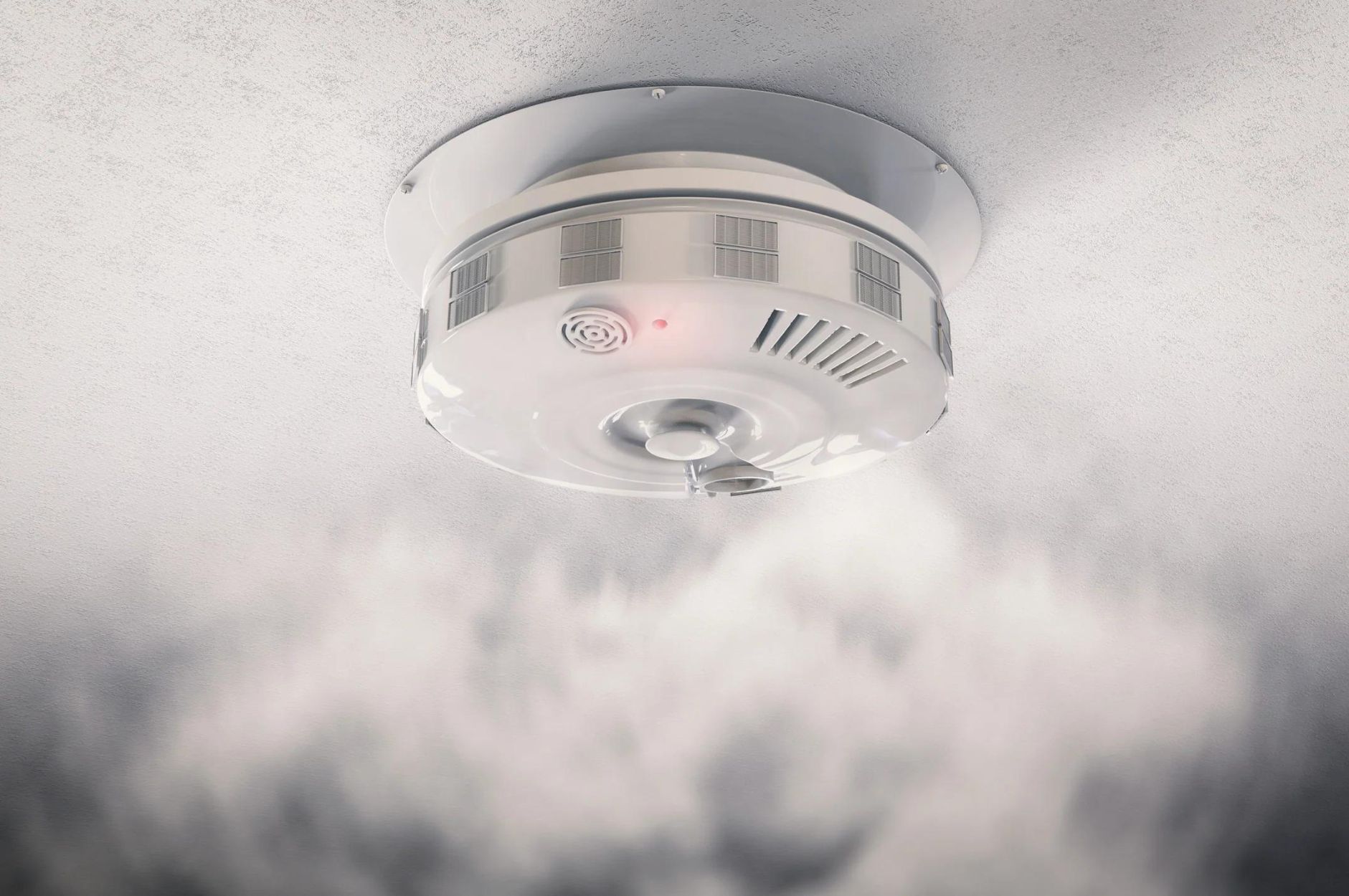
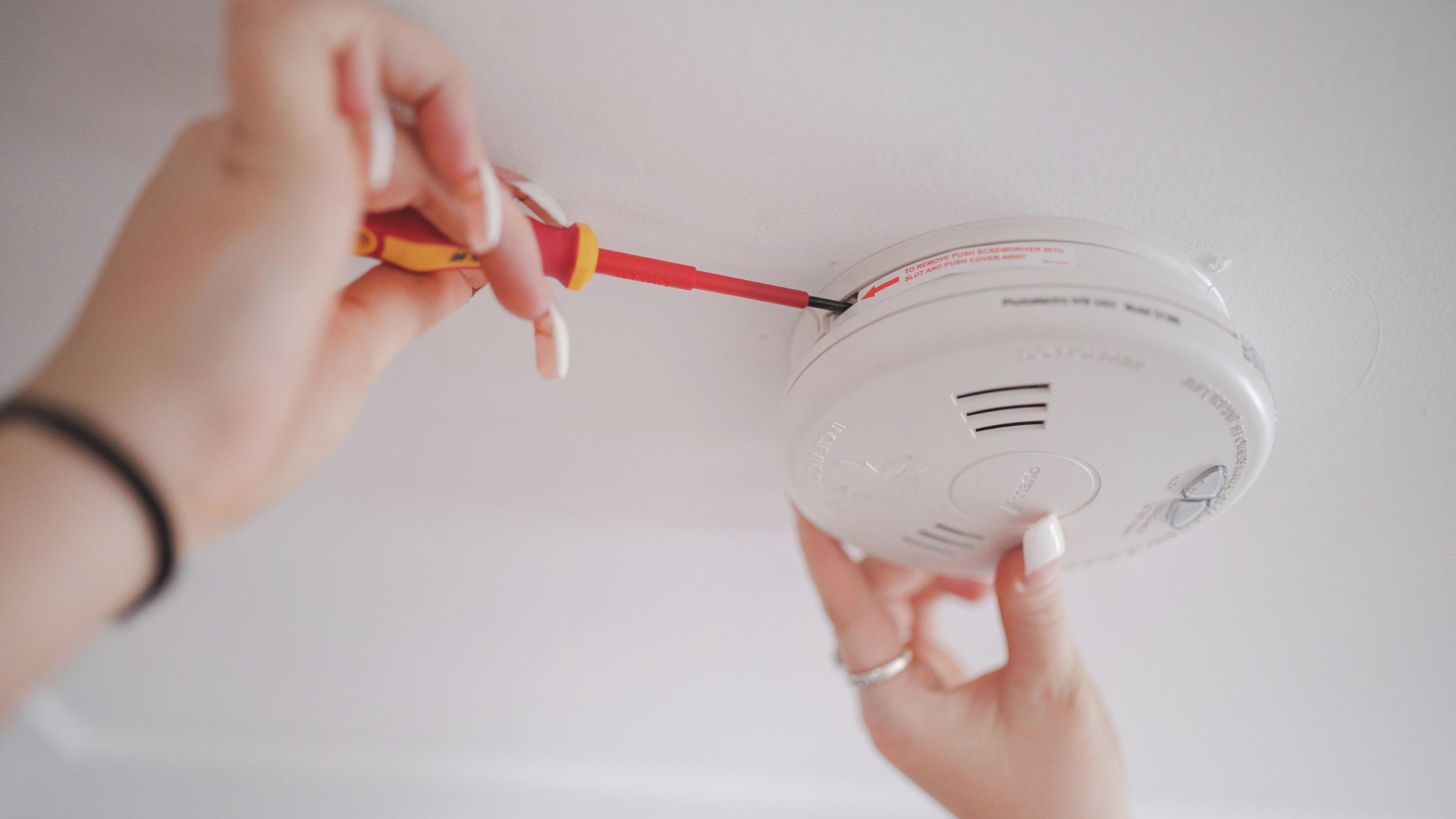
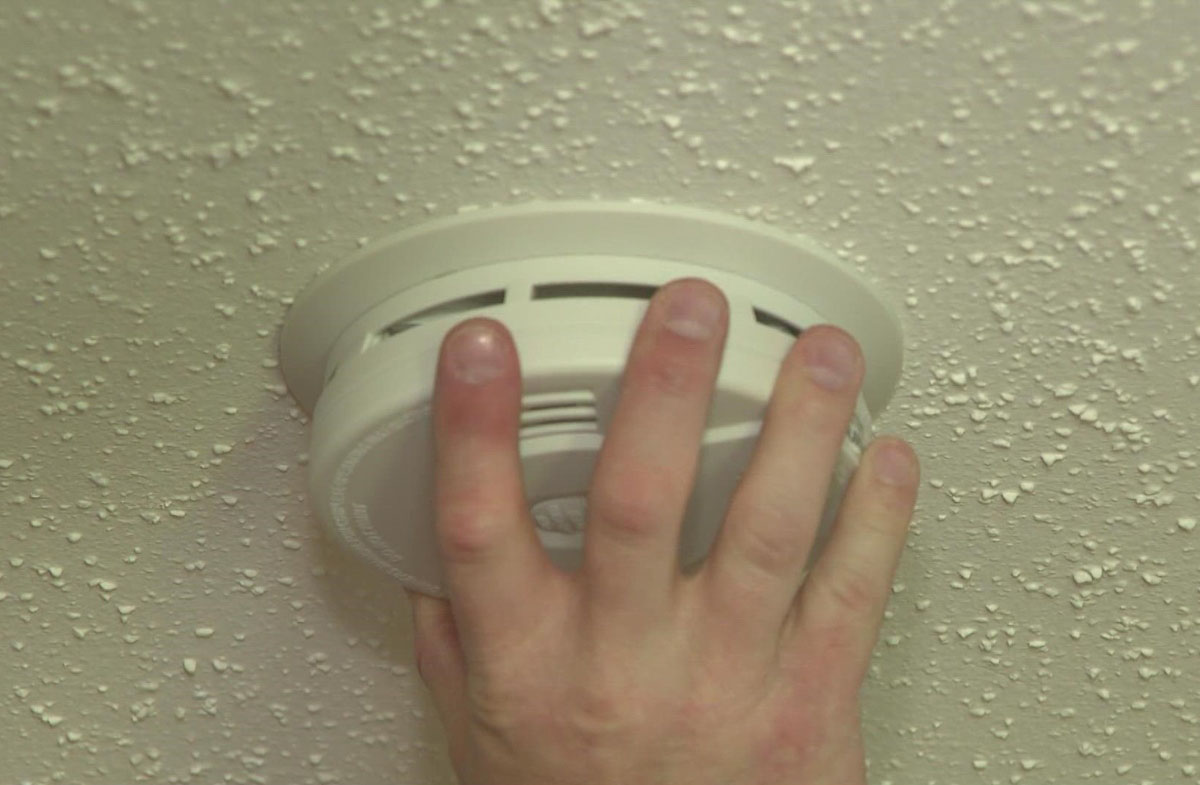
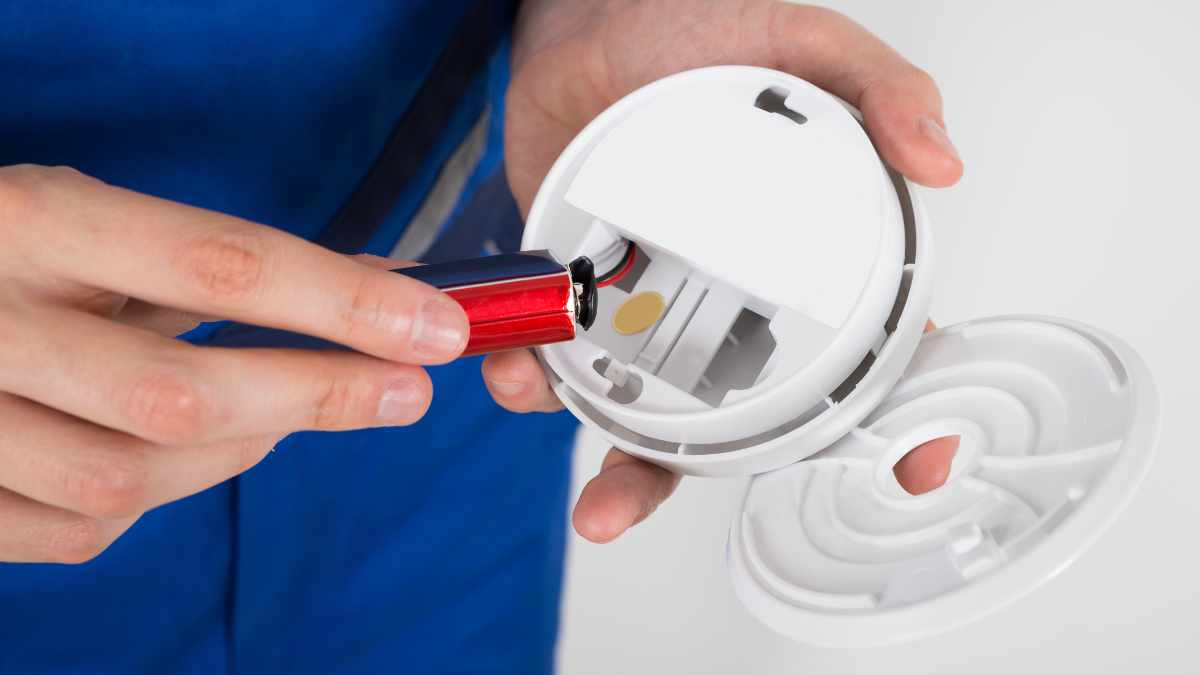
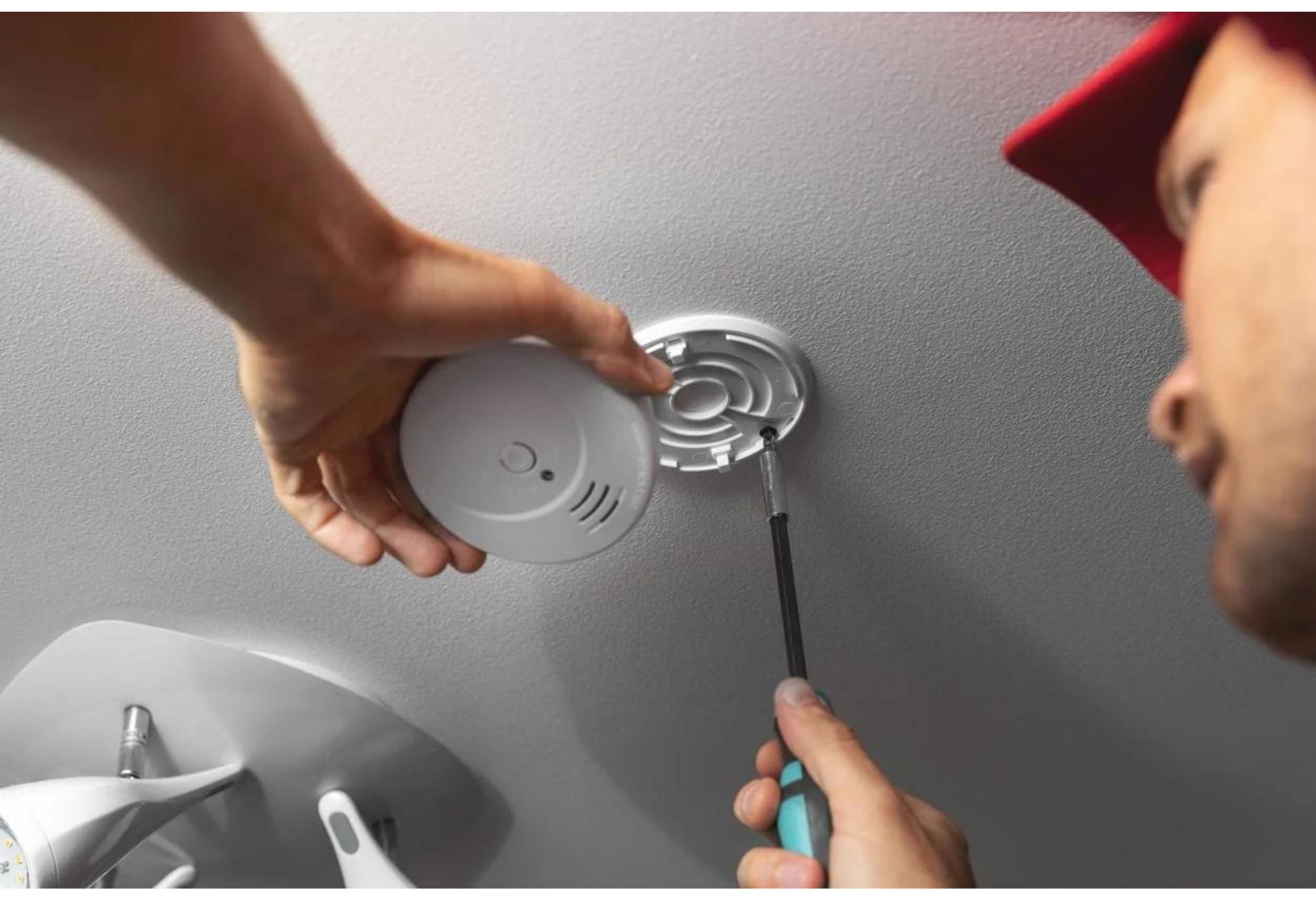
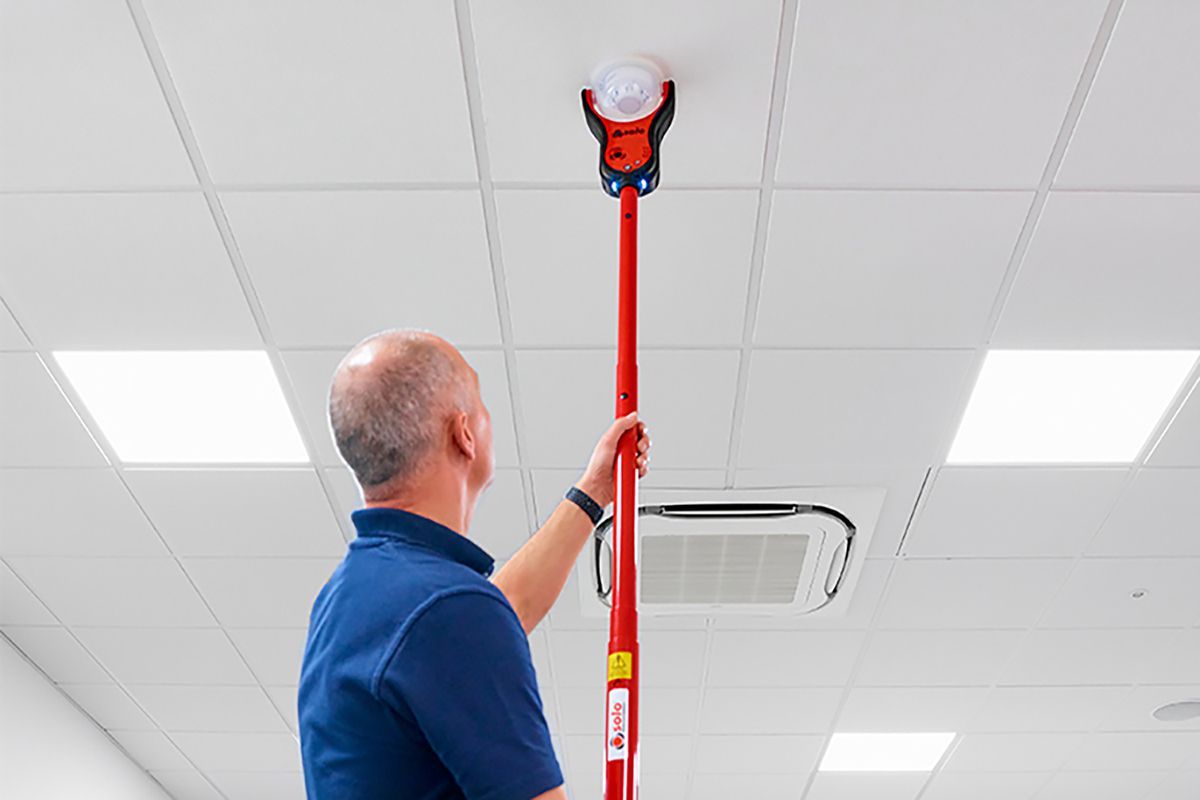
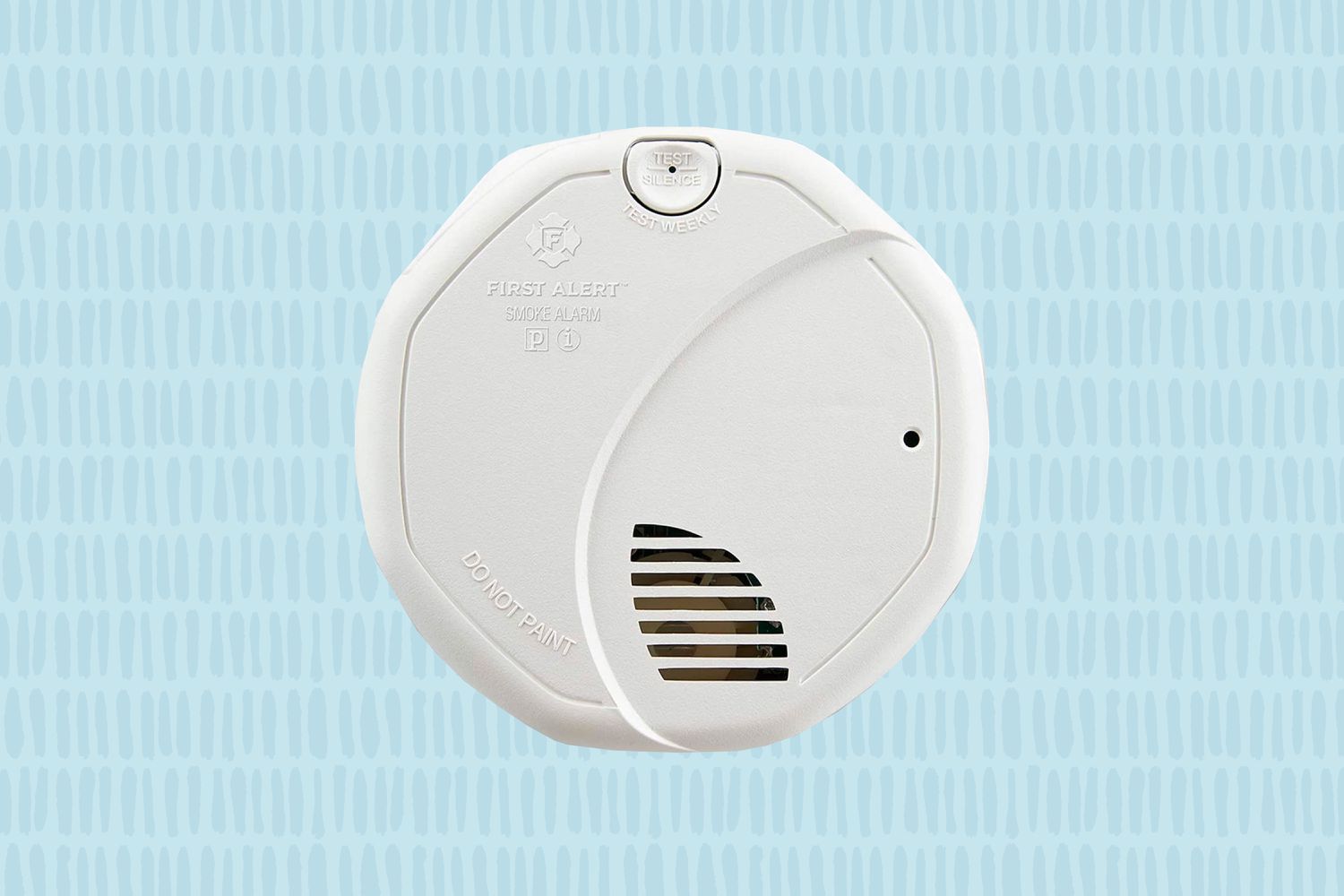
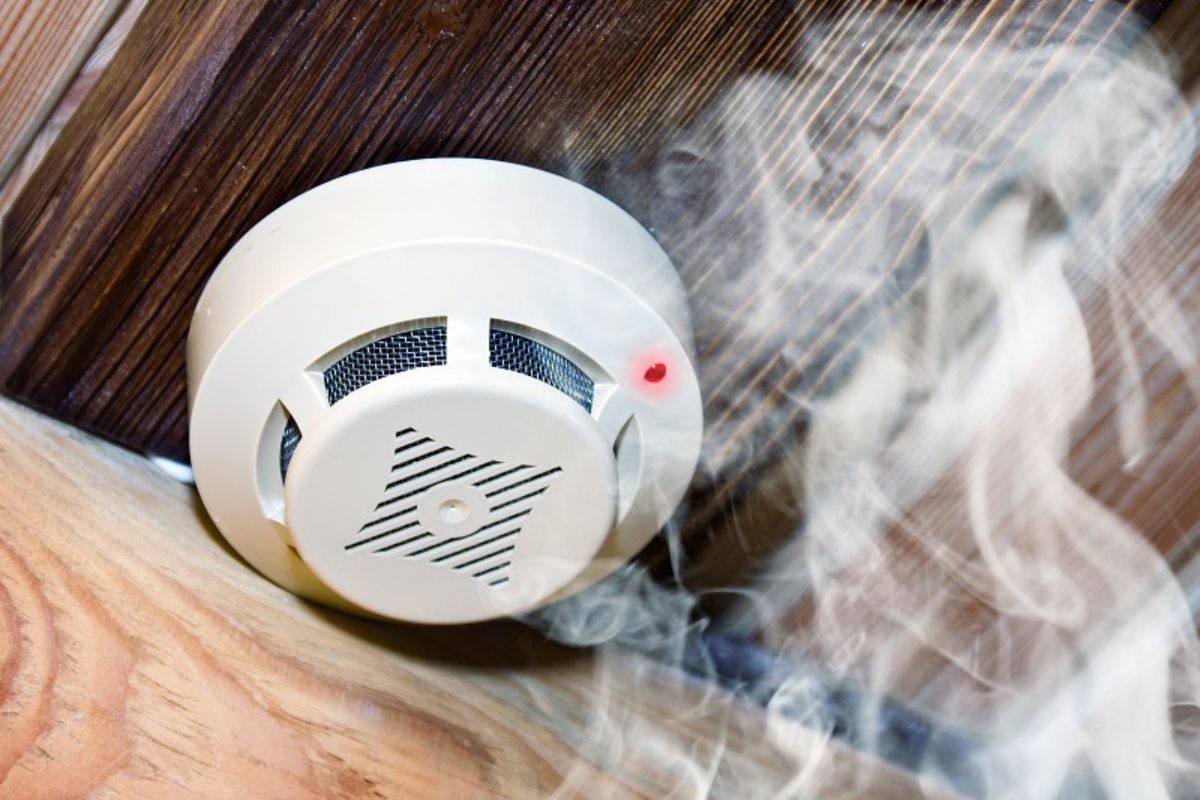
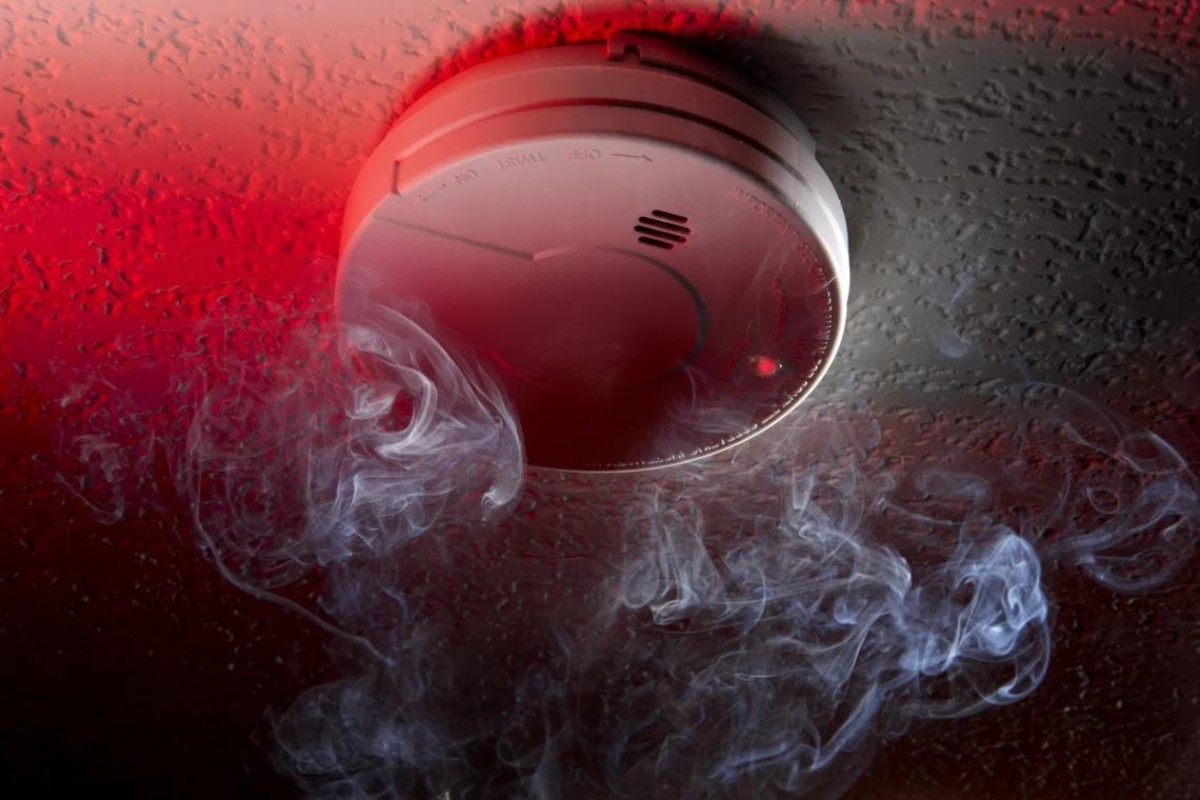
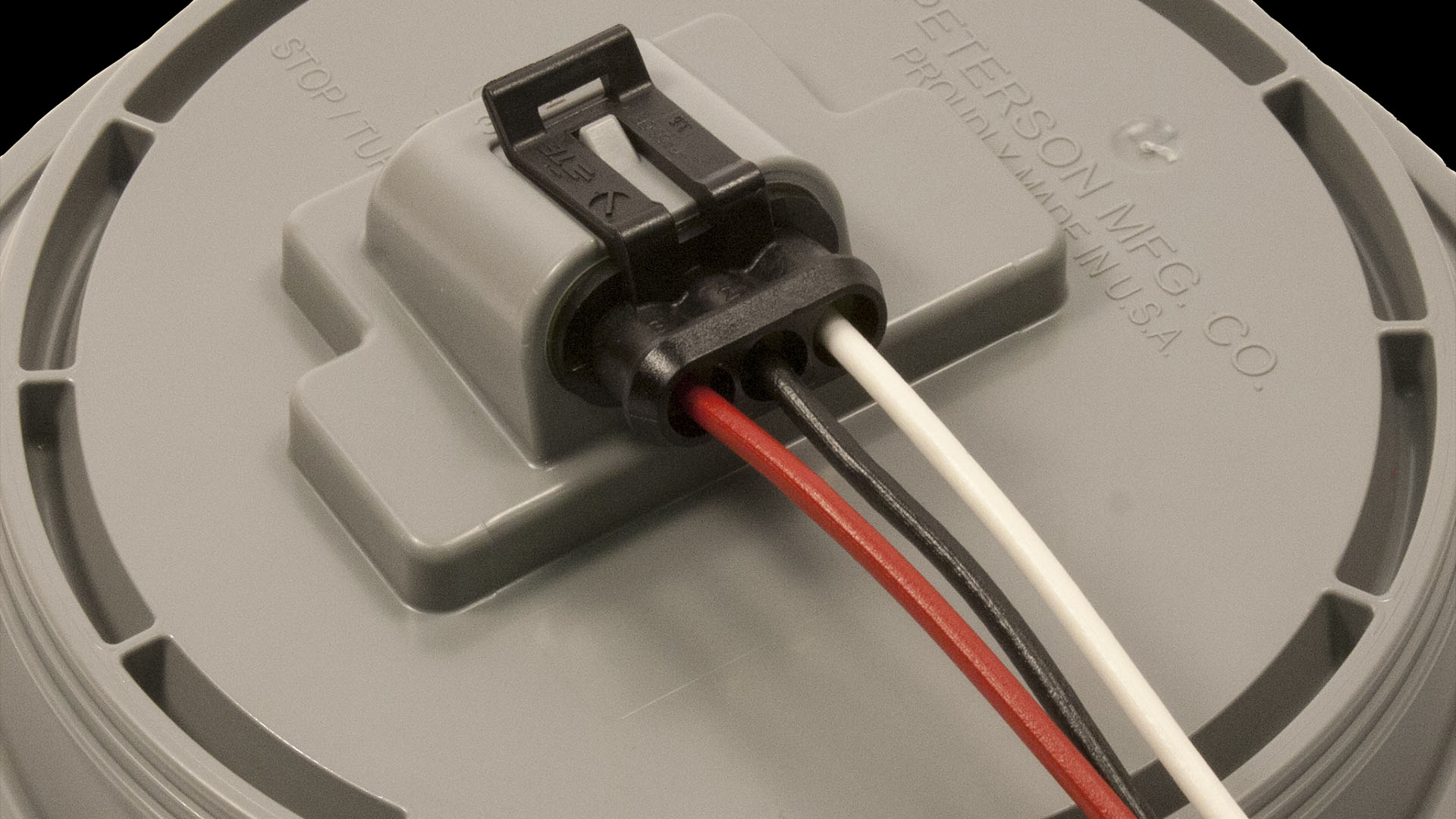
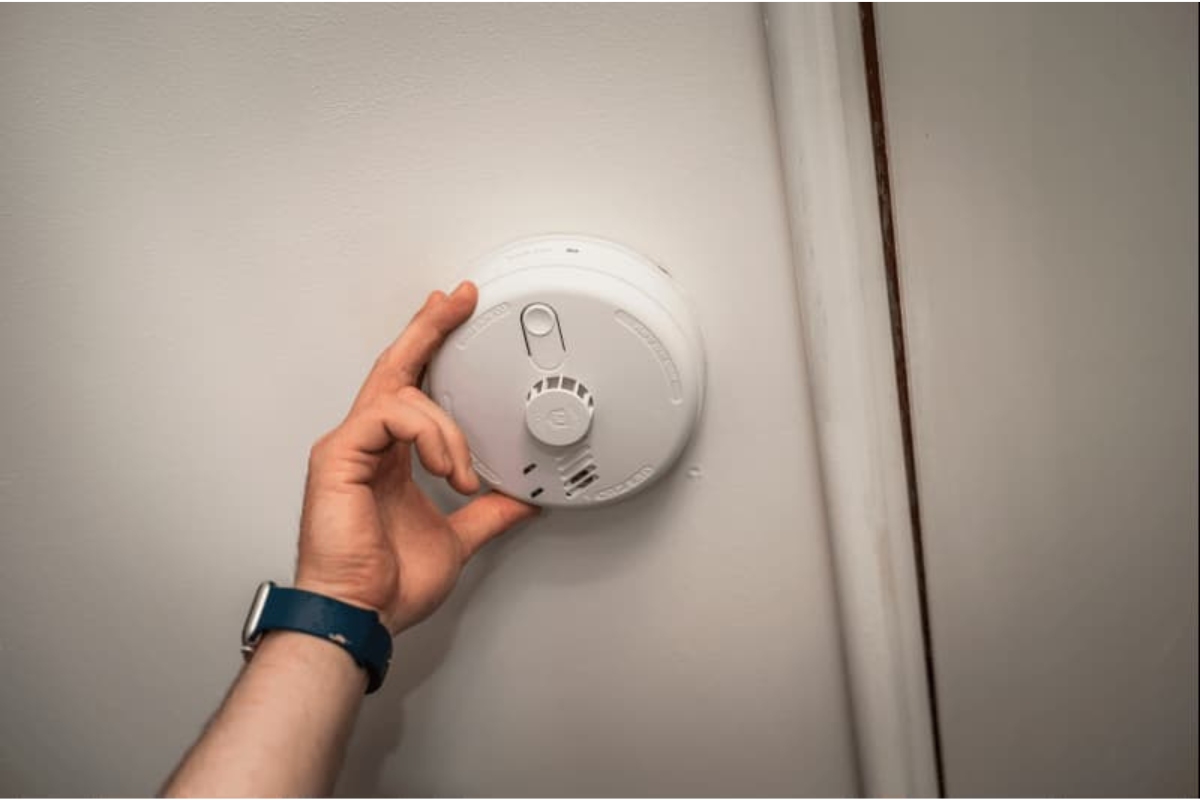
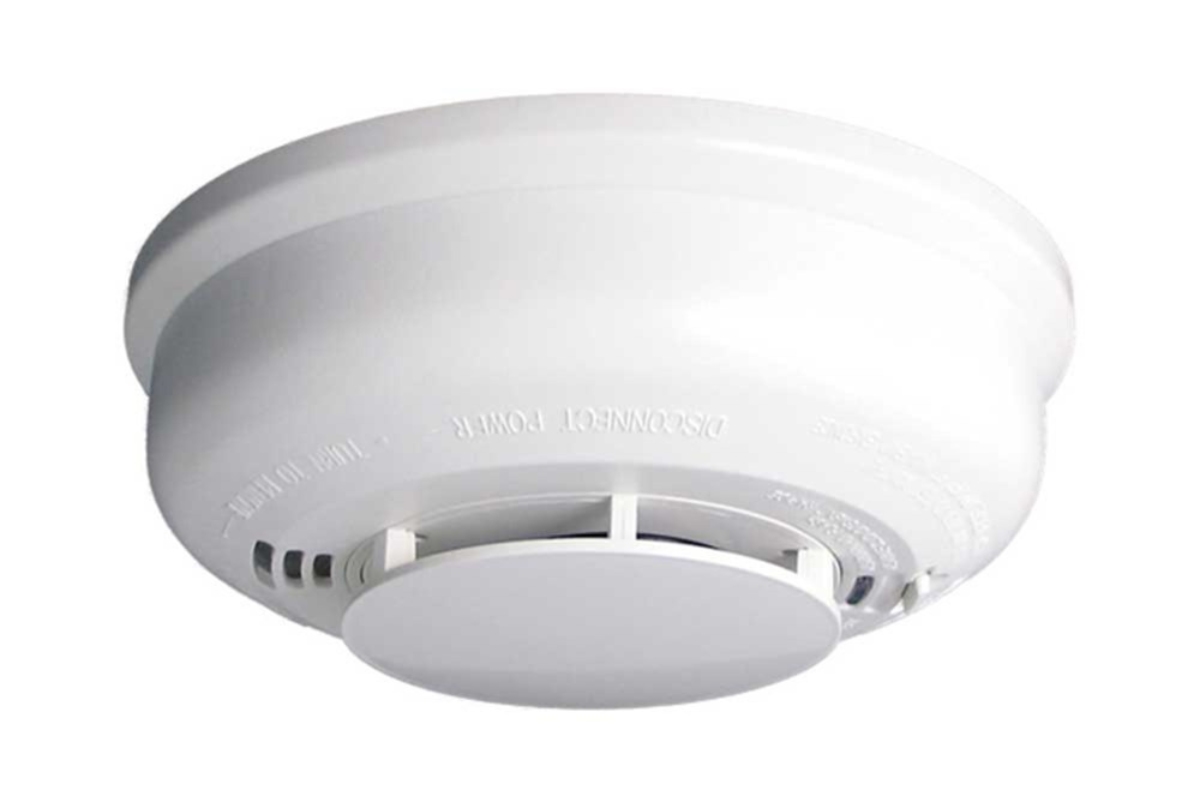

0 thoughts on “How To Cover A Smoke Detector”